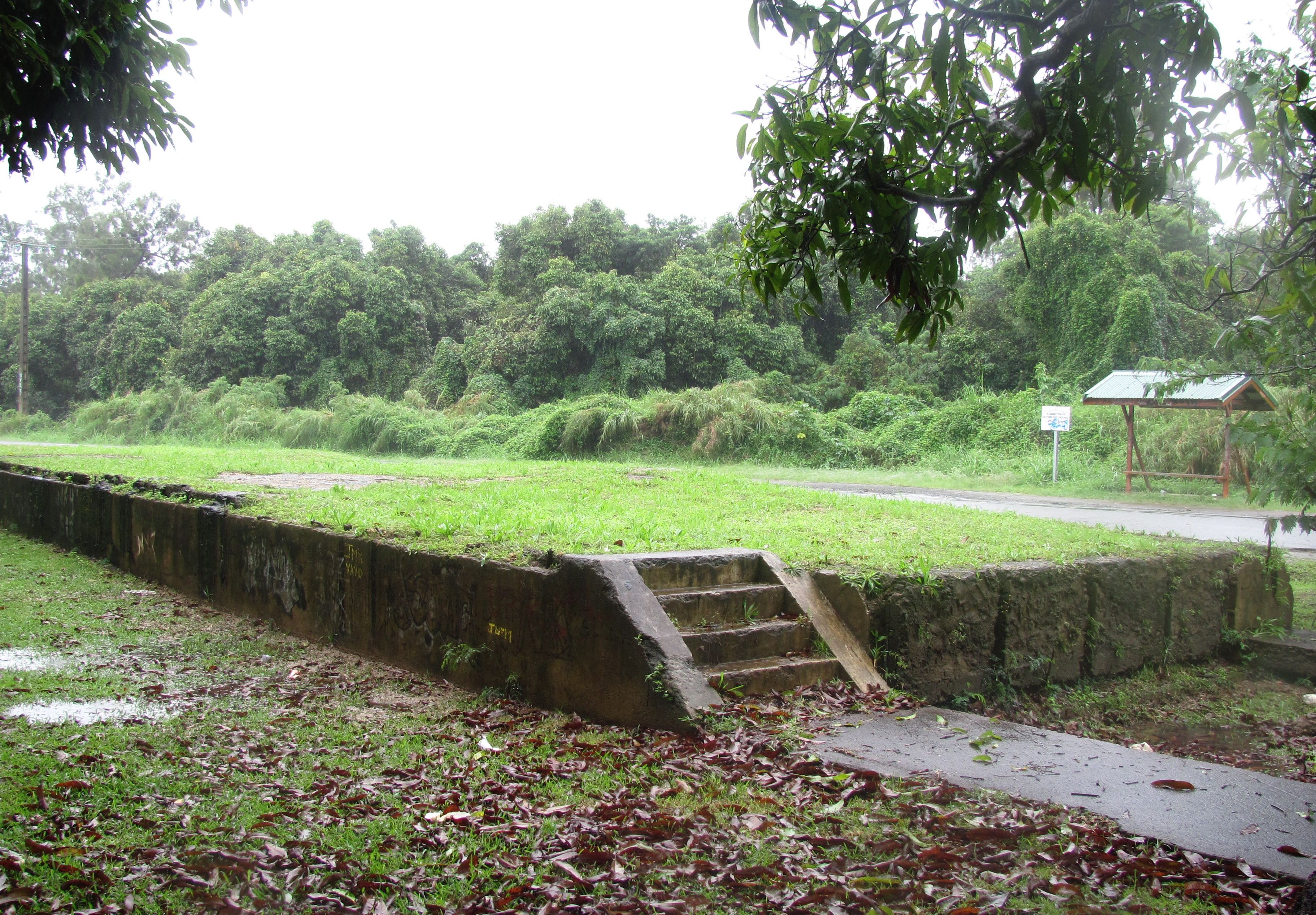Païta on:
[Wikipedia]
[Google]
[Amazon]
Païta () is a commune in the suburbs of

 The Catholic church in the centre of Paita was built in 1875. The modern Cultural Centre in the High Street is used for various exhibitions and cultural performances. The Town Hall (''Mairie'') is close by.
About one mile from the town centre to the north, is the former railway station of the
The Catholic church in the centre of Paita was built in 1875. The modern Cultural Centre in the High Street is used for various exhibitions and cultural performances. The Town Hall (''Mairie'') is close by.
About one mile from the town centre to the north, is the former railway station of the
Official Website
Communes of New Caledonia {{NewCaledonia-geo-stub
Nouméa
Nouméa () is the capital and largest city of the French Sui generis collectivity, special collectivity of New Caledonia and is also the largest Francophone city in Oceania. It is situated on a peninsula in the south of New Caledonia's main i ...
in the South Province of New Caledonia
New Caledonia ( ; ) is a group of islands in the southwest Pacific Ocean, southwest of Vanuatu and east of Australia. Located from Metropolitan France, it forms a Overseas France#Sui generis collectivity, ''sui generis'' collectivity of t ...
, an overseas territory of France
France, officially the French Republic, is a country located primarily in Western Europe. Overseas France, Its overseas regions and territories include French Guiana in South America, Saint Pierre and Miquelon in the Atlantic Ocean#North Atlan ...
in the Pacific Ocean
The Pacific Ocean is the largest and deepest of Earth's five Borders of the oceans, oceanic divisions. It extends from the Arctic Ocean in the north to the Southern Ocean, or, depending on the definition, to Antarctica in the south, and is ...
. New Caledonia's international airport, La Tontouta International Airport
La Tontouta International Airport, also known as Nouméa – La Tontouta International Airport (; ), is the main international airport in New Caledonia, an Overseas France, overseas collectivity of France in the southwest Pacific Ocean, as well as ...
, is located there.
Geography
Climate
Païta features atropical savanna climate
Tropical savanna climate or tropical wet and dry climate is a tropical climate sub-type that corresponds to the Köppen climate classification categories ''Aw'' (for a dry "winter") and ''As'' (for a dry "summer"). The driest month has less than ...
(Köppen Köppen is a German surname. Notable people with the surname include:
* Bernd Köppen (1951–2014), German pianist and composer
* Carl Köppen (1833-1907), German military advisor in Meiji era Japan
* Edlef Köppen (1893–1939), German author ...
: Aw). The average annual temperature in Païta is . The average annual rainfall is with March as the wettest month. The temperatures are highest on average in February, at around , and lowest in July, at around . The highest temperature ever recorded in Païta was on 4 March 1997; the coldest temperature ever recorded was on 8 August 1957.
Population
Sights

 The Catholic church in the centre of Paita was built in 1875. The modern Cultural Centre in the High Street is used for various exhibitions and cultural performances. The Town Hall (''Mairie'') is close by.
About one mile from the town centre to the north, is the former railway station of the
The Catholic church in the centre of Paita was built in 1875. The modern Cultural Centre in the High Street is used for various exhibitions and cultural performances. The Town Hall (''Mairie'') is close by.
About one mile from the town centre to the north, is the former railway station of the Nouméa-Païta railway
The Nouméa-Païta railway was, apart from several narrow gauge industrial railway lines, the only metre-gauge railway line serving New Caledonia. It was opened in December 1914 between Nouméa, the capital, and Dumbéa in 1904 and extended to Pa� ...
where a small locomotive which was used until 1940 can be seen.
In the southeast of Paita petroglyphs possibly dating from the 13th or 14th century B.C. can be seen on a rock at a small river. Some of the petroglyphs look similar to the sun or to flowers. From the road the place can be reached by cement stairs behind a wooden pavilion.Pierre Grundmann: ''Nouvelle Calédonie'', p. 242. Paris 2012
References
External links
Official Website
Communes of New Caledonia {{NewCaledonia-geo-stub